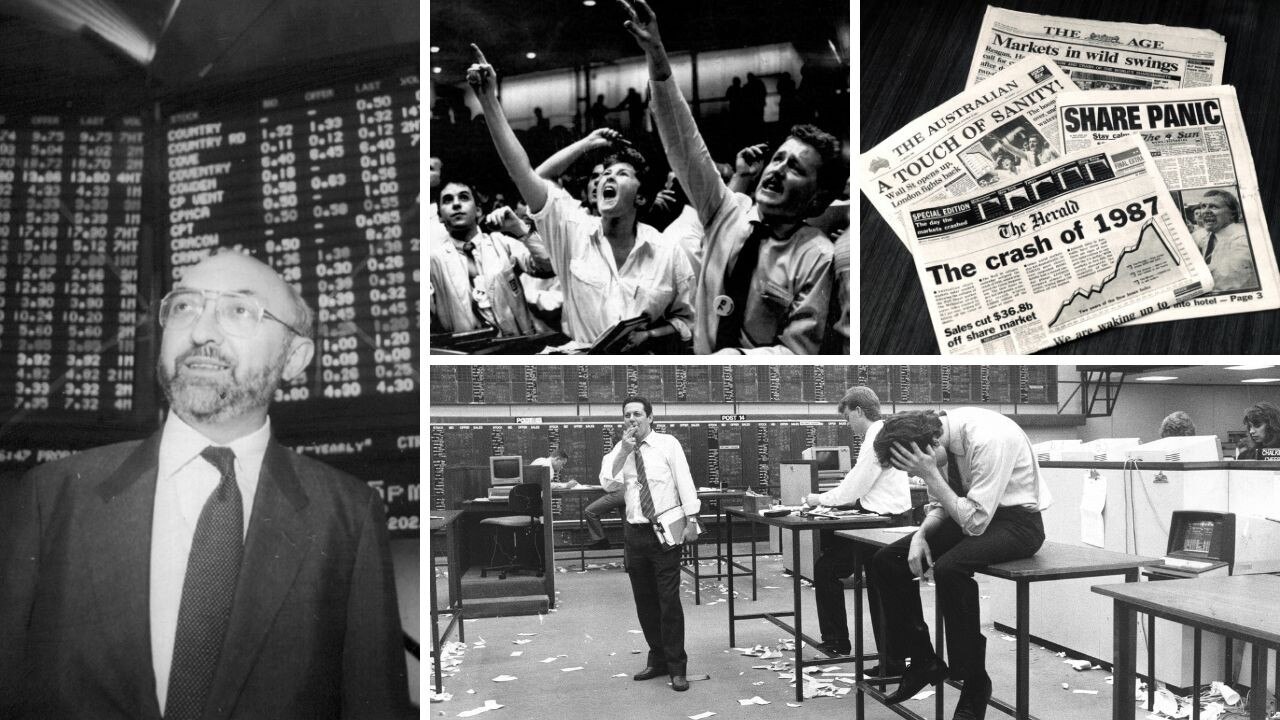Time will tell if Star cap raising good for small investors
Small shareholders in battered Star Entertainment have until next Thursday to decide whether they want to take a punt on its latest capital raising. Here’s what they should know.

Terry McCrann
Don't miss out on the headlines from Terry McCrann. Followed categories will be added to My News.
Mum and dad – so-called retail – shareholders in the battered Star casino group have been given a special benefit under its $750m ‘survival’ capital raising.
It is one of time. They were given two weeks to decide whether to subscribe for new shares. The big end of town, the institutional shareholders, had just a single day.
For small holders, time to decide whether it was a good idea in the specific context of Star.
But time also to assess what was happening – and developing – in the broader investment scene. Pretty handy, right now, you’d have to say. That time runs out next Thursday.
Now, Star announced the $750m raising – with $589m coming from a 1-for-1.65 issue to all holders, and $161m coming from a placement only to the instos – along with $450m of new loans.
The $750m was guaranteed by the underwriter, investment bank Barrenjoey.
Normally, as I’ve explained for years and indeed decades, it’s effectively free money to the underwriter as it is handing out what is effectively free money to the instos.
Before the announcement, Star shares were trading at 75c. The issue and the placement were both at 60c.
What is called the TERP (theoretical ex-rights price) – what the shares would theoretically trade at after the issues – was 68c.
This is calculated simply by taking the current Star market cap – the (75c) share price multiplied by the number of shares on issue – then adding on the $750m and dividing that new figure by the enlarged number of shares after the issue and placement.
The assumption is that Star’s equity was worth $1.21bn before the announcement. It should now be worth $1.21bn plus the $750m cash raised.
For an individual holder you should theoretically finish – almost - square.
Say you started with 1650 shares worth $1237.50 (at the 75c before the announcement).
You subscribe $600 to buy your 1000 new shares.
You now have 2650 shares worth $1802 at that 68c TERP.
But you are actually $35.50 behind. Why?
Because of the placement that went only to the instos.
Except in this case, everybody’s behind; because the announcement instead of boosting confidence in Star shredded its share price.
It went straight down to at or around the 60c issue price. Indeed, for a moment it even went below, to 59.5c.
So, instead of Star’s post-issues equity ‘theoretically’ being worth $1.96bn, at 60c it’s worth only $1.72bn.
The instos were given a day to decide whether they would subscribe for both their normal entitlement and the placement. And, before, the shares came back trading on the market.
They subscribed for 67 per cent of their entitlement. The rest were added to the placement and doled out to other instos.
For small – indeed all – shareholders, there’s been a real loss on their original holdings. That holder with 1650 shares has seen the value sliced from $1237.50 to $990.
His or her decision is whether to subscribe another $600 for 1000 shares that are worth – around $600.
They’ve got a week to decide. They can watch what happens to Star. They can watch what happens to the broader market.
Originally published as Time will tell if Star cap raising good for small investors



